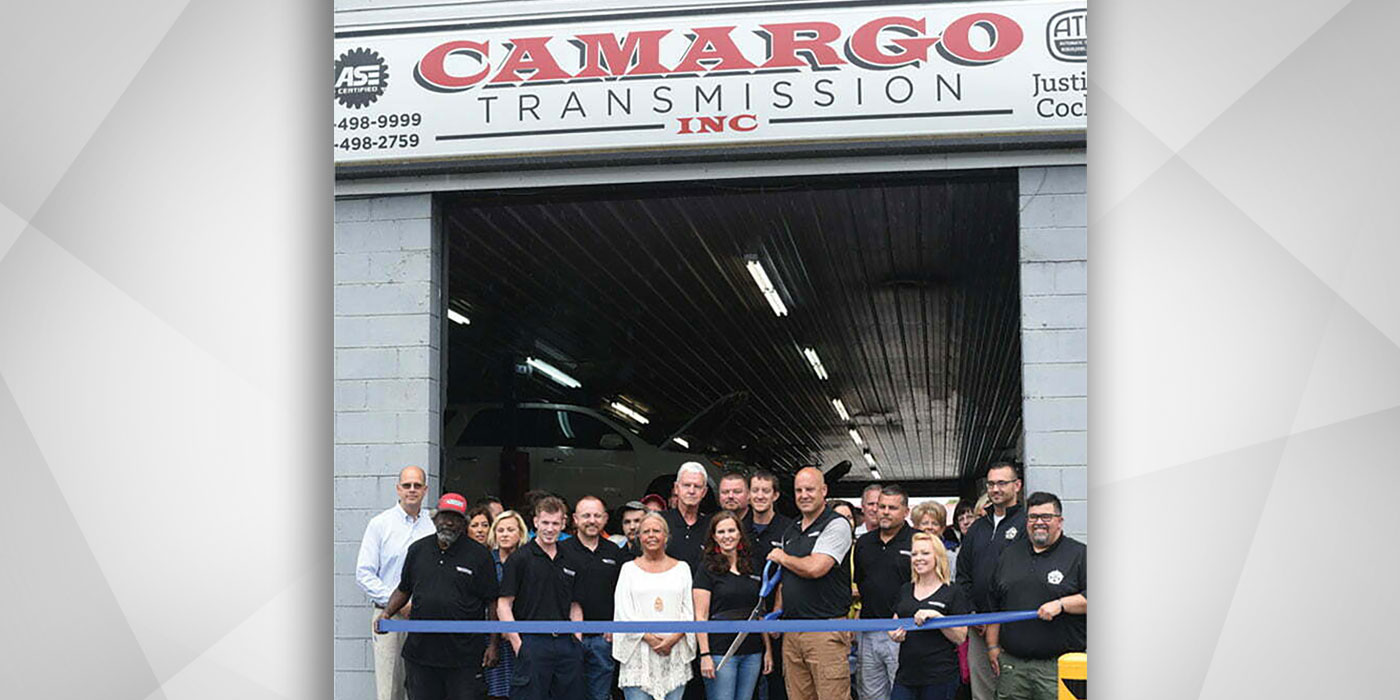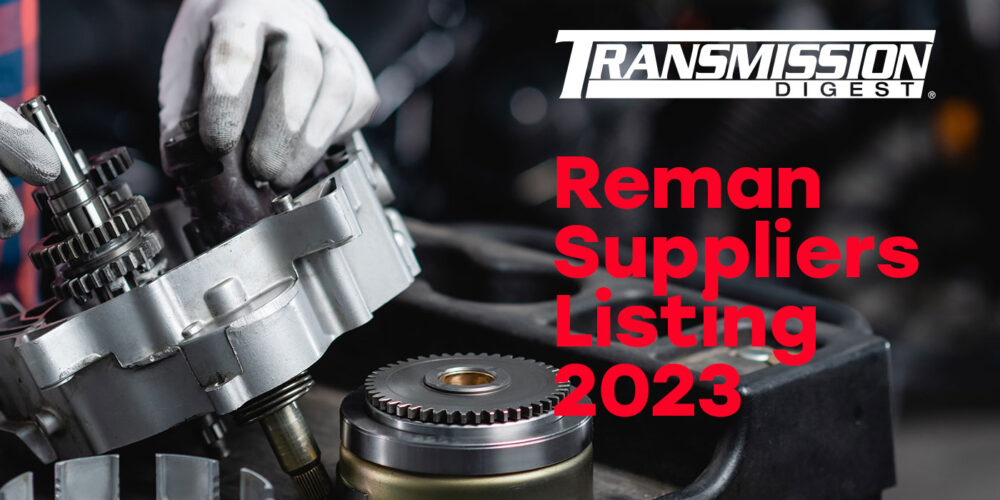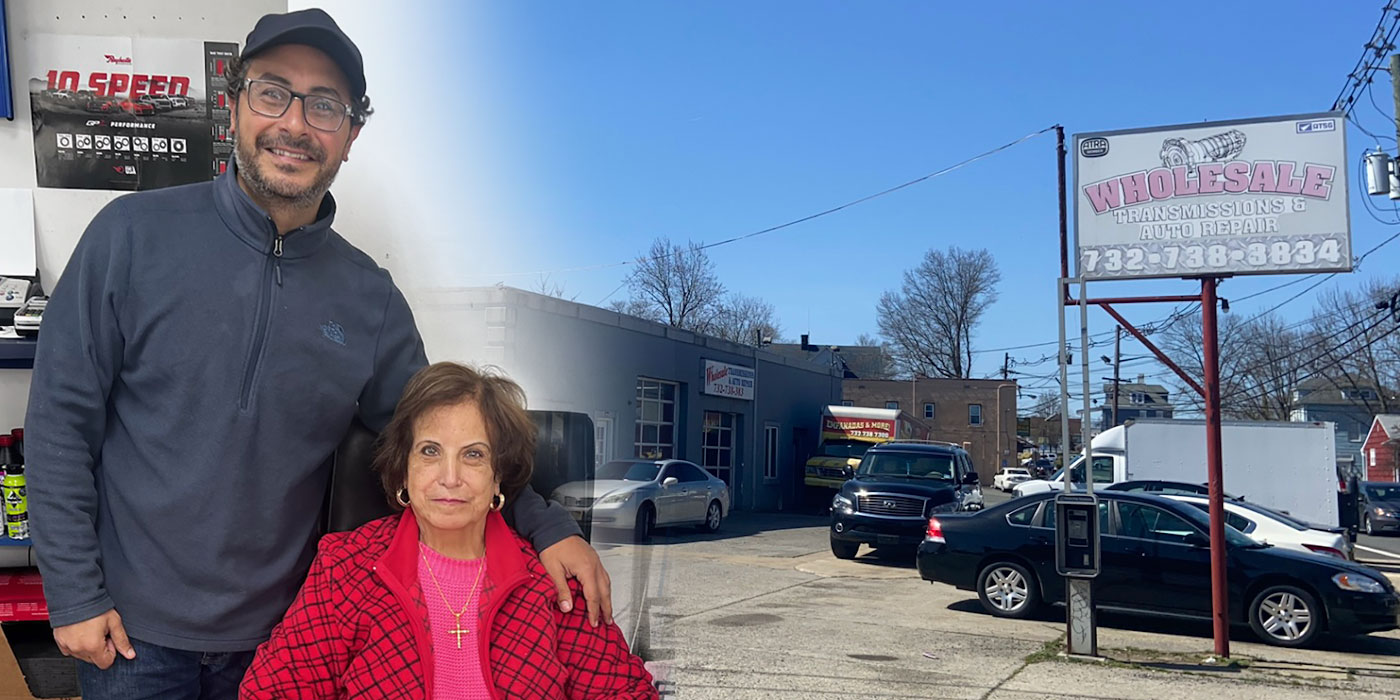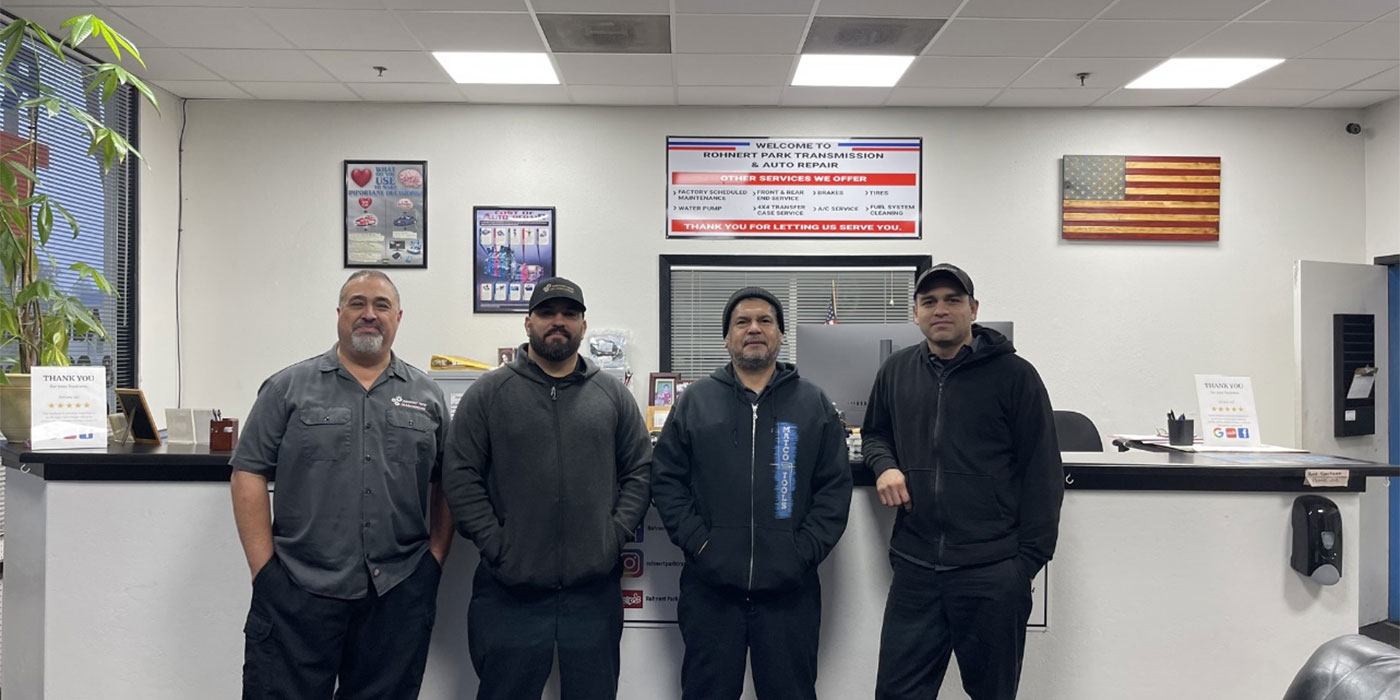
It’s Your Business
- Subject: The importance of maintaining a good credit rating
- Essential Reading: Shop Owner, Center Manager
- Author: Terry Greenhut, Transmission Digest Business Editor
I bought a new vehicle last week. It was the first time I had bought one in I can’t remember how long. I’d been leasing vehicles since the 1970s. They were a great business expense, totally legitimate and justifiable, as I drove them for work and had employees driving them about 30,000 miles a year.
I had been a Cadillac man since all the way back in the 1960s. In fact, my first was a 1960 DeVille convertible. I had owned or leased 23 of them over the years since that time. When I took up golf about 20 years ago I noticed how small the trunks were in some of them. I couldn’t really get four golf bags in as the little picture inside the trunk indicated. Then, when I got into walking the golf course for exercise a few years back, I realized that I needed some type of SUV to carry all my equipment around.

So for the past three years I’ve been driving a Chevy S10 Blazer that somebody made the mistake of ordering with heavy-duty suspension. It was a company car owned by my primary consulting client. I took it over from a field rep of theirs who had left the company’s employ when the car was on a GMAC Smart Buy with a couple of years left on the agreement. I nicknamed it the “Buckboard” because it rode so ridiculously hard. I put 70,000 back-wrenching miles on that vehicle and was so happy to give it back last week.
Needing to secure a vehicle for myself and wanting to drive a big, comfortable SUV for a nice change of pace I headed out to visit my friendly neighborhood Chevrolet dealer. My goal was to lease a new Tahoe. I would have liked to have a Cadillac Escalade, but the wisdom of age has taught me not to pay an additional $25,000 for a nameplate on the exact same vehicle. The Tahoe had exactly what I wanted.
Last year I leased a new Impala from the same dealer, so I was surprised to find that I couldn’t lease the new Tahoe now. It had nothing to do with me. GM’s financial position apparently has precluded its doing any leasing so it now is only selling.
When I heard the deal I didn’t mind buying it. GM was willing to let me use its money for four years interest free and at the same time give me a couple thousand dollars in rebates and a sweet price on the vehicle. Of course, it all hinged on whether I was qualified.
GMAC, like other lending institutions, is getting a little nervous about whom it lends money to these days. The company actually wants people who can pay it back (imagine that). That’s where the credit score comes into play. If GMAC is going to lend money, especially at no interest, it wants to see an awfully high score, well into the 700s. If it’s in the 600s they want a sizable down payment and a couple of percentage points of interest, and if it’s any lower they want a lot more to cover their risk. As an example of the extra cost involved, as little as a 1.9% interest rate can cost the consumer about $2,500 more compared with 0% on a $40,000 loan over 48 months.
When the sales manager checked my credit score his eyes lit up, but only for a moment. He could see that I easily qualified from that angle, but there was one more consideration, a new wrinkle in lending. It’s called the “debt-to-income ratio” (OK, maybe it’s not so new, but lots of lenders have been ignoring it for a long time). Aside from your having a good rating they now want to make sure that taking on the burden of additional debt isn’t going to bury people. So now lenders want to know about your credit-card debt and your mortgage payment if you own a home or how much your rent is if you don’t. They want to know about education loans, other vehicle loans and any other encumbrances. Of course, they also want to know your present income and sometimes that of others in the household.

It’s interesting that no more than a year ago lending institutions were giving out “no-income-verification” loans to anyone with a pulse, and now they want to know everything about you before giving you a dime. If they had done that before, we might not be in the shape we’re in now.
Anyway, my ratio was fine and I got my dream SUV with no money down and a four-year interest-free loan. I love the truck and am really happy with its quality and attention to detail. It even gets good gas mileage for a 5,000-pound vehicle with a V-8 engine. Twenty miles per gallon on the highway is actually more than some vehicles half its size and weight are getting. For example, the most I ever got out of that S10 Blazer was 16 on the highway.
Fortunately, the new GM V-8s have the latest fuel-management system that shuts down four of its cylinders while the truck is cruising and not under a load. This is at least the third generation of that system. It was first tried all the way back in the 1930s. Anybody remember the Cadillac 8-6-4 engine from the early 1990s? It didn’t have the computer sophistication that the new version has. You could really feel it bogging down when it went from 8 to 6, and worse from 6 to 4, but it paved the way. The current version works great. You can’t even tell when it’s running on four cylinders unless you read it on the dashboard.
I’ve always been a stickler for paying bills on time, especially with banks and other companies or institutions that have the means to put marks against your credit rating. The ones that can get you in the most trouble are the credit-card companies. They can raise interest rates on slow payers to a point where they can’t ever get even without paying off the entire debt in one shot, which most people in that kind of financial position can’t possibly do. If they don’t pay or are late they are charged additional penalties and reported to the credit bureaus, which instantly lower their score, making it that much harder to borrow in the future.
Keeping your credit score high is, of course, a matter of paying your bills on time, but we all face setbacks in our businesses and lives from time to time that can keep us from doing that. A loss of income or illness can put us in a tough position for a while. So how can we keep creditors from hurting our rating if that happens?
- Warn them in advance that you can’t make a payment, that you can’t pay the entire amount or that the payment will be late. In that case be prepared to tell them how much you can pay and when.
- Send everyone something. When people have a lot of bills to pay and not much money they sometimes figure that paying off the small ones will leave them with fewer creditors to whom they have to explain their situation. The problem is they tend to keep doing it every month and run out of money before making a dent in their bigger obligations. Rather than skipping over certain bills to pay others it would be best to send all the creditors some amount. It shows good faith and that you are trying rather than ignoring the obligation.
- Make a shopping list and stick to it. Browsing stores or the mall will lead to impulse buys for no reason.
- If you’re contemplating new tools or shop equipment take the time to figure out how much profit they will generate and whether you can still afford the payments if your projections fall short.
While we are all wrestling with the present economic situation we have to remember that there is a future. If we want it to be bright we need to consider it whenever we make long-term decisions, as they will affect us in the years to come. We must make them carefully. Making certain that we can cover our debt is one of the best long-term decisions we can make.
If we have had a recent surge in business we can’t let ourselves believe that the tough times have passed and we can start spending again with abandon. The cycle continues, and this is only one phase of it. When you are contemplating long-term commitments, always ask yourself, “What if?”

Terry Greenhut, Transmission Digest Business Editor. Visit www.TerryGreenhut.com.













